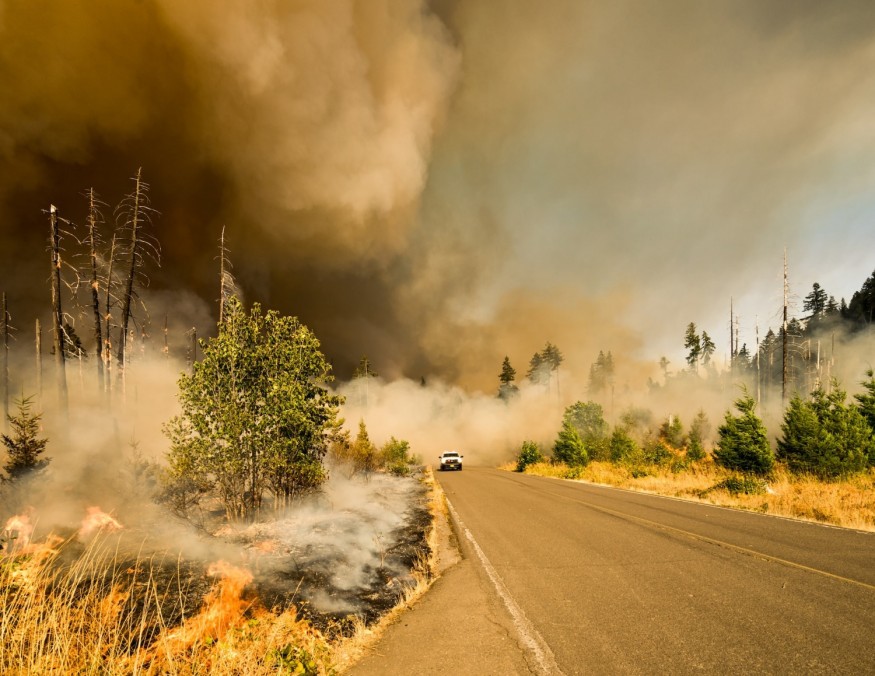Wildfires are some of the environmental and ecological disasters that have affected not only forest and grasslands in remote areas but also towns and cities as well. The scorching heat from the blaze and its billowing smoke are known for destroying entire wildlife natural habitats, as well as causing respiratory complications to animals and even humans.
Now, a new study led by scientists from the United States suggests that wildland fires also carry and spread cancerous heavy metal. Researchers from Stanford University in Stanford, California, discovered the presence of metal chromium, in its carcinogenic form.
This also goes to other cancer-linked chemical found in large quantities from ash after wildfires across northern California.
Cancerous Heavy Metal

In a new scientific paper published in the journal Nature Communications on Tuesday, December 12, determined that cancerous heavy metal from wildland fires is posing a global health risk, mainly from the inhalation of fire smoke and dust.
The metal toxin threat in wildfires depends on the geology and fire severity, the study said.
The researchers explain that cancer-causing toxic metal from wildfires occur an "underrecognized" factor; fire-altered toxic metals natural to soils and plants.
These findings are observed as the Stanford University team demonstrated that high temperatures during previous California wildfires became the catalyst of widespread transformation of chromium to its carcinogenic form in soil and ash.
The transformed version, called hexavalent chromium, is abundant in areas with metal-rich geologies like serpentinite, a metamorphic rock consisting of one or more serpentine group minerals.
This type of rock forms along tectonic plate boundaries underneath the Earth.
California Wildfire Observations
While the researchers assert that the metal toxin threat can reach a global level, they focused on local wildfire ash, which was observed to be at dangerous levels and reactive to hexavalent chromium in wind-dispersible particulates.
The study also found that post-fire weather contributed to the persistence of the increased levels of the cancerous metal in surficial soil layers for up to ten months after the fire.
The Stanford University study did not specify what specific causes of a wildland fire that can trigger the cancer-inducing metal.
However, wildfires can occur both from anthropogenic factors, including arson, and natural factors like lightning strike and fire weather conditions.
Wildfire Smoke Health Effects
Wildfire smoke, or wildfires in general, are known to consist of a mixture of hazardous air pollutants such as particulate matter (PM 2.5), ozone, aromatic hydrocarbons, nitrogen dioxide, or lead. This is according to the World Health Organization (WHO), which also pointed out that the risk of wildfire grows due to extremely dry conditions like drought, heat waves, and high winds.
The health effects of wildfire smoke are also evident, prior to the discovery of the subtle cancerous repercussions of wildland fires. According to the U.S. Environmental Protection Agency (EPA), the hazardous smoke from wildfires can result in both respiratory and cardiovascular complications, including difficulty in breathing and heart attack.
Related Article: Wildfires Can Become More Frequent in Western US, New Research Warns
© 2025 NatureWorldNews.com All rights reserved. Do not reproduce without permission.





